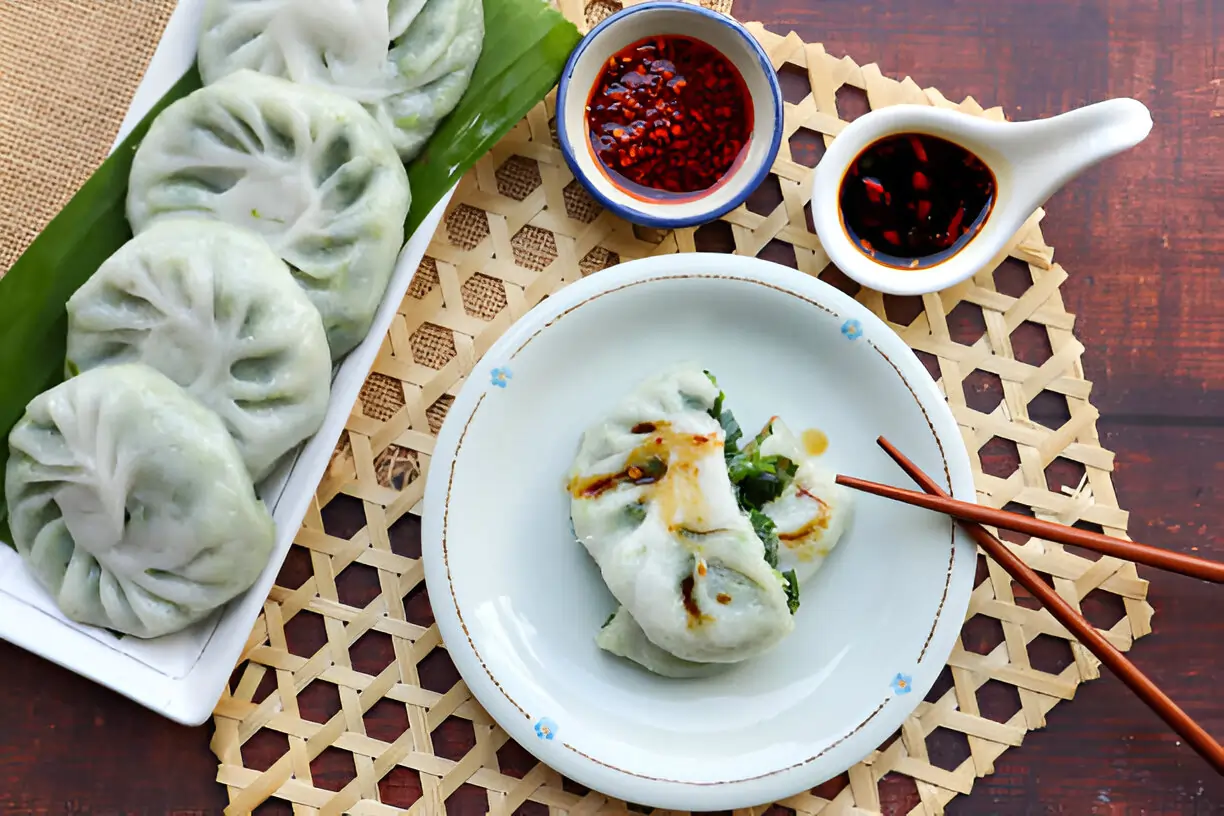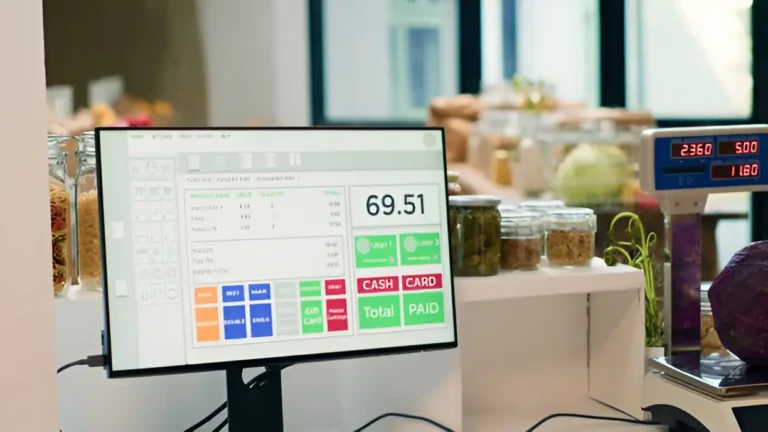Vegetarian Dim Sum Delights: Spinach and Mushroom Dumplings
Dim sum is a beloved tradition in Chinese cuisine — a meal made up of small plates, often served in steamer baskets or on small dishes, accompanied by tea and shared with family and friends. While meat-based dumplings and buns are common, vegetarian options have become increasingly popular, offering flavor and creativity without compromising on tradition. One standout is the spinach and mushroom dumpling — a savory, earthy, and nutrient-packed dish that delights both vegetarians and meat eaters alike.
In this article, we’ll explore the history of dim sum, the role of vegetarian offerings, and how spinach and mushroom dumplings can be prepared, served, and enjoyed.
The Tradition of Dim Sum
Originating from the Cantonese teahouse culture, dim sum is more than just a meal — it’s an experience. Served alongside tea, the small dishes are meant to be savored slowly, encouraging conversation and connection. In southern China, dim sum is often enjoyed in the late morning to early afternoon, with carts rolling through the dining room, offering steamed buns, dumplings, rice rolls, and other delicacies.
While traditional dim sum menus were heavily meat-focused, vegetarian adaptations have been part of the cuisine for centuries, often tied to Buddhist vegetarian practices. Today, the variety has expanded, making plant-based dim sum a vibrant part of modern menus.
Why Spinach and Mushroom?
Spinach and mushroom make a perfect pairing for dumplings:
- Spinach brings a mild sweetness, tender texture, and a boost of vitamins and minerals.
- Mushrooms add an umami-rich depth of flavor that can easily rival meat-based fillings.
The combination creates a satisfying bite that’s both hearty and fresh. Shiitake mushrooms, in particular, are a popular choice for their rich aroma and chewy texture, but other varieties like oyster or cremini also work well.
Crafting the Perfect Filling
A good dumpling starts with a well-balanced filling. For spinach and mushroom dumplings, the key is to ensure the mixture is flavorful but not too wet, which can make the wrappers soggy.
Typical ingredients include:
- Fresh spinach, blanched and squeezed dry.
- Mushrooms, finely chopped and sautéed.
- Aromatics like garlic, ginger, and green onions.
- Soy sauce or tamari for seasoning.
- Sesame oil for a nutty fragrance.
- A pinch of white pepper or chili flakes for warmth.
Cooking the mushrooms first helps evaporate excess moisture and concentrate flavor. The spinach should be chopped after blanching to maintain its bright color.
Choosing the Right Wrapper
Dim sum wrappers are typically thin wheat-based dough, either homemade or store-bought. For spinach and mushroom dumplings, translucent wrappers made from a mix of wheat and tapioca starch can create an appealing visual, showcasing the green filling inside.
When working with wrappers:
- Keep them covered with a damp cloth to prevent drying out.
- Use just enough filling to seal the edges without tearing.
- Press firmly to prevent leaks during cooking.
Cooking Methods
There are several ways to cook spinach and mushroom dumplings, each offering a unique texture:
- Steaming – The most traditional method for dim sum, producing tender wrappers and moist filling.
- Pan-frying – Creates crispy bottoms while keeping the tops soft (potsticker style).
- Boiling – Quick and easy, ideal for fresh dumplings meant to be served in soup.
Steaming in bamboo baskets lined with parchment or cabbage leaves not only prevents sticking but also infuses the dumplings with a subtle aroma.
Serving and Presentation
Presentation is key in dim sum culture. Spinach and mushroom dumplings can be served in small bamboo steamers or on decorative plates, garnished with:
- Sesame seeds.
- Chopped cilantro.
- A drizzle of chili oil.
Dipping sauces complete the experience. A classic mix of soy sauce, rice vinegar, and a dash of sesame oil works well, but you can also add chili paste or ginger for extra punch.
For those in Texas seeking authentic flavors, Dim Sum Houston offers a variety of dishes that showcase both traditional and modern approaches to dim sum, including vegetarian-friendly options.
Nutritional Benefits
Beyond their flavor, spinach and mushroom dumplings offer notable health benefits:
- Spinach is rich in vitamin K, vitamin A, iron, and folate.
- Mushrooms provide antioxidants, B vitamins, and dietary fiber.
- Low in saturated fat and cholesterol, they make a heart-healthy choice.
By steaming instead of frying, you can further preserve nutrients and keep calories in check.
Vegetarian Dim Sum in Modern Dining
Vegetarian dim sum is not only for those following a plant-based diet. More diners are exploring meatless meals for health, sustainability, or simply variety. This shift has encouraged chefs to innovate with fillings like pumpkin, tofu, lotus root, and of course, spinach and mushrooms.
Restaurants worldwide have embraced this trend, and home cooks are experimenting too. Cooking dim sum at home can be a rewarding project, especially when shared with friends and family.
Making Spinach and Mushroom Dumplings at Home
Here’s a simple method for making them in your own kitchen:
- Prepare the filling – Sauté chopped mushrooms with garlic and ginger until browned. Add blanched spinach, season, and set aside to cool.
- Assemble dumplings – Place a spoonful of filling in each wrapper, moisten the edges, and seal.
- Cook – Steam for 6–8 minutes or pan-fry for a crisp finish.
- Serve – Garnish and present with dipping sauces.
Homemade dumplings freeze well — just arrange them in a single layer until frozen, then store in airtight containers.
Cultural and Historical Context
Understanding the cultural heritage of dim sum adds depth to the dining experience. According to Smithsonian’s Asian Pacific American Center, food traditions like dim sum reflect the migration and adaptation of Chinese cuisine around the world, blending heritage with local ingredients and tastes.
Vegetarian dim sum, including spinach and mushroom dumplings, honors these traditions while embracing modern preferences, showing how culinary practices evolve while staying rooted in cultural identity.
Tips for a Great Dim Sum Experience
Whether enjoying dim sum in a restaurant or at home, keep these tips in mind:
- Go with friends or family – Dim sum is meant to be shared.
- Order a variety – Mix vegetarian and non-vegetarian items to please all palates.
- Pace yourself – Dim sum is served in small portions, so savor each bite.
- Pair with tea – Jasmine, oolong, or pu-erh teas complement the flavors beautifully.
Conclusion
Spinach and mushroom dumplings are a delicious, nutritious, and culturally rich addition to any dim sum spread. They embody the balance of flavor, texture, and tradition that makes dim sum such a beloved culinary experience.
Whether you’re ordering them at your favorite restaurant or making them at home, these vegetarian delights offer a satisfying way to explore Chinese cuisine. As dim sum continues to evolve, dishes like this prove that plant-based options can be just as flavorful and memorable as their meat-filled counterparts.
Read more: Financial Insights into the Growing Digital Leisure Economy
What to Know About Applebee’s Secret Menu
Enhancing customer satisfaction with efficient takeout services







